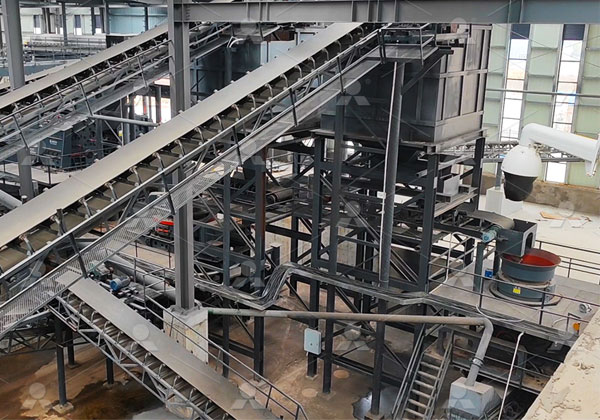An aggregate crushing plant is essential for producing high-quality construction materials, primarily by breaking down larger rocks into smaller, usable aggregates. The key components of this plant include crushers, screens, conveyors, and feeders, which work together to create the final product. These plants are widely used in industries like road construction, building, and infrastructure development, where high-quality materials are critical for the durability and strength of the project. The capacity and design of the plant depend on the type of material processed, such as limestone, granite, or river stones.
The primary crusher in an aggregate crushing plant is typically a jaw crusher, which is capable of handling large rocks and reducing them to smaller sizes. These crushers are highly efficient for hard rock applications, such as granite or basalt, while being robust enough to process materials like limestone. In cases where finer aggregate is required, cone crushers or impact crushers are used as secondary or tertiary crushers to further reduce the material size. Both types of crushers are essential for producing aggregates with uniform particle sizes, critical for concrete production.

In addition to crushers, the plant features screening equipment that segregates aggregates by size. The screens separate the crushed material into different categories, which can then be used for various construction purposes, such as road base, concrete production, or drainage systems. Efficient screening ensures minimal waste and maximum output, contributing to the cost-effectiveness of the operation. Advanced screening systems may also include dust suppression techniques to minimize environmental impact.
One of the key considerations for an aggregate crushing plant is automation and control systems, which allow for precise adjustments in crusher settings, feeder speeds, and conveyor belt operations. Modern control systems can optimize the plant’s performance, ensuring consistent output and reducing operational downtime. This not only improves production efficiency but also lowers energy consumption, making the plant more environmentally sustainable.
Finally, high-quality aggregate crushing plants are designed with flexibility and mobility in mind, particularly for large-scale infrastructure projects that require aggregate production across various locations. Portable crushing plants can be easily relocated, allowing companies to set up production on-site, reducing transportation costs. These features, combined with durable components, make high-quality aggregate crushing plants indispensable for large projects in sectors such as highway construction, bridges, and urban development.
